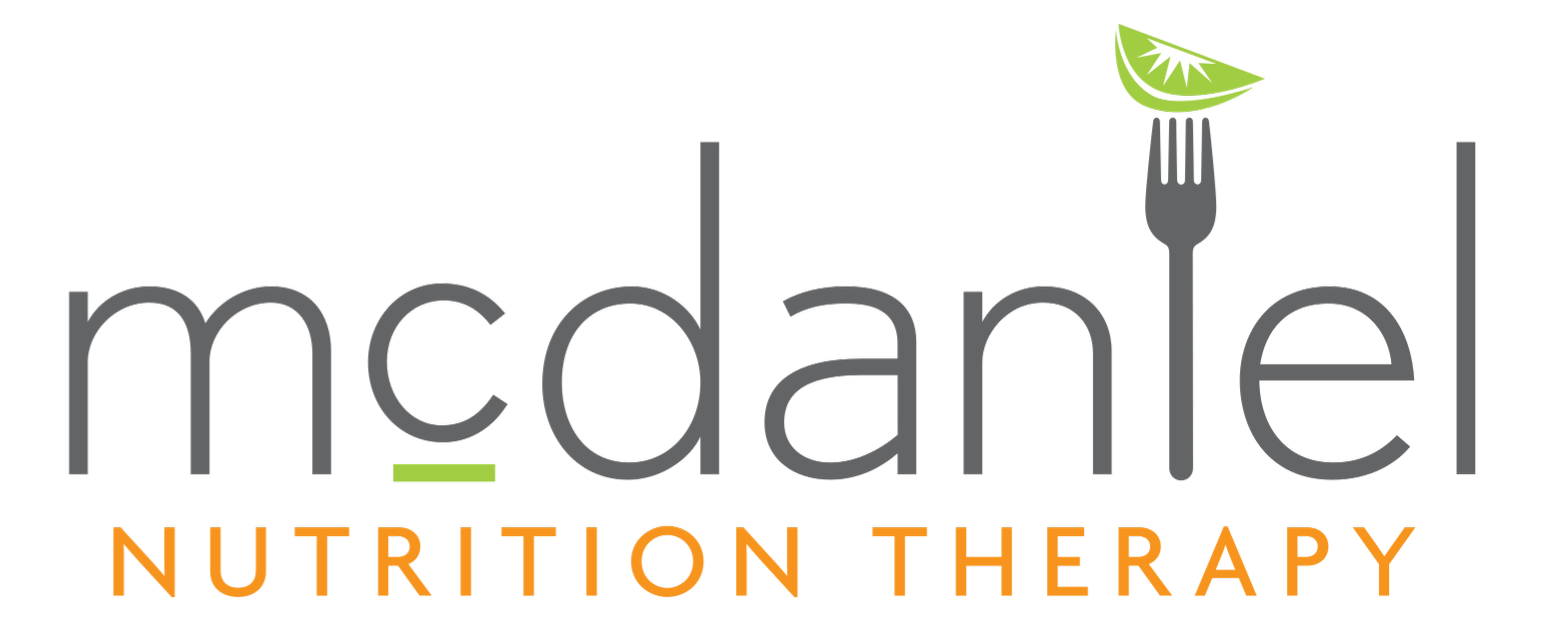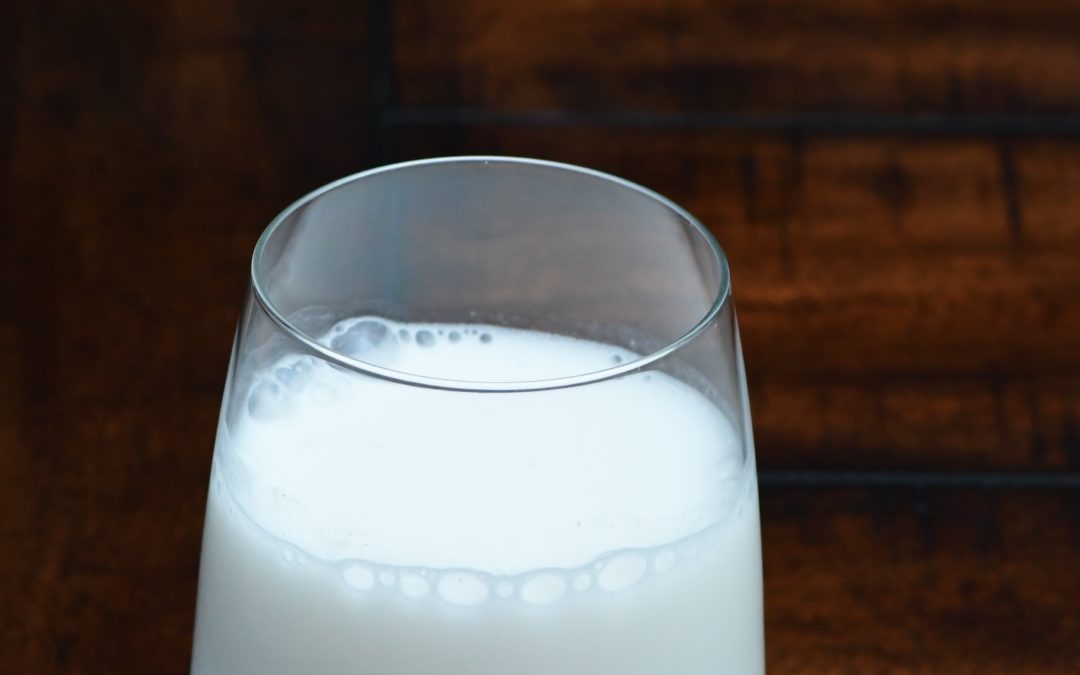In this post, I hope to bust some milk myths. I care about the health of my family, and what I feed them needs to be both nutritious and safe. As you would imagine, many of the parents that I consult with want the same. Unfortunately, like any other topic in the world of nutrition, there is a lot of incorrect, false information about dairy. We get questions such as:
What kind of dairy (low-fat or full-fat) is best for growing kids?
Does dairy cause inflammation?
Does it contain hormones and is it causing my pre-teen to develop faster?
Honestly, there isn’t any other food group that draws more inquiry. So, I went to an expert, Erin McGraw, MS, RDN. We hope this Q & A settles the minds of many parents who debate whether dairy is right for their family. If we didn’t answer your question, please, let us know what’s on your mind.
About our Guest Blogger:

Erin McGraw is a Registered Dietitian Nutritionist with 10 years of experience. For the last 5 years she has been a Nutrition Educator for St. Louis District Dairy Council. Her job entails working with schools, health professionals, consumers, and the media to give them the best nutrition information pertaining to dairy. Working for the Dairy Council gives Erin the unique opportunity to not only work with people consuming dairy foods, but those producing them. Born and raised in St. Louis County, she never pictured herself on a dairy farm, but that’s where she ends up; facilitating farm tours and helping to tell the full story of dairy. When she’s not working, she’s spending time with her husband, 10 month old daughter, and pup.
Many people have concerns about the use of hormones and antibiotics in dairy milk. Can you shed some light on this for us?
Milk Myth #1: There are antibiotics in milk
Good news, the answer to this concern is very black and white. There are NO antibiotics in milk. Every single tank of milk, every single day is tested for antibiotics without fail. If there is a positive test, the entire tank of milk is destroyed and will never be introduced into the food supply. On a conventional dairy farm, if a cow were to get sick with an illness a veterinarian feels require antibiotics, that cow’s milk is separated from the herd until it tests negative for antibiotic residue. There are numerous safeguards in place to ensure that antibiotics never enter the milk we consume.
Milk Myth #2: Your milk has added hormones.
First and foremost, there are NO added hormones to class 1 milk (all fluid milk, most cheeses, etc) All milk, organic and conventional, naturally has hormones present because cows are a lactating mammal. BUT – humans do not have hormones for cow hormones. Through pasteurization and normal human digestion, those hormones are broken down like any other protein making them biologically inactive. There is no evidence to support any health concerns over these hormones. The FDA has concluded the milk from cows given artificial growth hormones is also completely safe for human consumption. However, due to consumer demand, the majority of dairy farms have pledged to no longer use artificial growth hormones.
The labels on some milk packaging can make this message a bit muddled. If you notice one milk says “no antibiotics or hormones” and the one sitting next to it does not, does that mean milk without the claim has hormones and antibiotics? Absolutely not! All milk, be it organic or store brand, is completely safe to drink.
So. Are girls developing faster because of the hormones in milk? No, bovine hormones are not active in a human’s body. The hormone or protein is digested and broken down.
Milk Myth #3: Low-fat milk is best.
What are the main differences between skim, low-fat and whole milk in terms of nutrient composition?
All milk contains 9 essential nutrients- calcium, potassium, phosphorus, riboflavin, niacin, protein, Vitamin A, Vitamin B12, and Vitamin D. Not many foods have so many nutrients in one serving! The only difference between skim, low-fat, and whole milk is the fat content. All of those nutrients are still present.
There is much confusion between the role of dairy fats (70% saturated) and the impact on heart health. What does the most recent body of evidence say? Should we all be drinking skim milk once we are beyond the age of 2 years old?
We have been told that saturated fat intake increases the risk for heart disease. However, the newest research is showing that not all fats are created equal! Evidence suggests that dairy fat intake does not increase the risk for heart disease, diabetes, or weight gain.1 Dairy fats have a unique makeup of short, medium, and long-chain fatty acids which could explain why their fat content does not predict risk like other saturated fats and can actually lower the risk for cardiovascular disease.2 Even a modified DASH diet, using full fat dairy over low-fat and fat free, still shows beneficial results on blood pressure and triglyceride levels.2 This research indicates promising results for incorporating higher fat dairy into a healthy diet without compromising health.
My kids (who are all beyond the age of 2) prefer 2% milk over skim, is there reason I should be offering them skim milk?
Given the emerging science on higher fat dairy foods, there is a case for not strictly choosing low-fat or skim milk. As long as there are no other health concerns, and dairy is part of a well-balanced diet, there may not be a need to offer skim. The great thing about milk and other dairy foods, is the variety of options to meet individual needs. The nutrients are still there!
It is also important to talk about the role of taste when it comes to our eating habits. We want to enjoy the foods we are eating, and if choosing a dairy product that is higher in fat means a more enjoyable meal or snack, that can help foster a healthy relationship with food. It can also be the difference of having a glass of milk or not, and since most Americans are falling short in many of the essential nutrients dairy foods offer, I say drink up!
We took a tour of the Prairie Farm Dairy to teach the boys a bit about the source of their ice cream, (I mean milk); Henry held his nose the whole time…check out our Prairie Farms inspired Brekkie Yogurt Popsicle recipe.
Milk Myth #4: Dairy farmers are more interested in income versus the environment.
What are dairy farmers doing to help protect the environment? Cows carry a heavy environmental footprint. Does it make sense to support both plant-based and dairy milk to lessen the environmental burden?
Jennifer, here. May I first say, that the farmers I’ve met, they’re also parents. They care about the health of our planet for the future of their own children and grandchildren.
Back to Erin: The dairy industry, especially dairy farmers, are doing a lot to lessen their environmental impact. Over the last 70 years, innovation has allowed dairy farmers to produce 60% more milk with fewer than half the cows, using 90% less land, 65% less water, 76% less manure, and producing 63% less greenhouse gases.3 Dairy farmers have pledged to further reduce their greenhouse gas emission by 25% by next year.
In total, dairy farming only accounts for about 2% of the total greenhouse gas produced in the United States. 3 In effort to be more environmentally friendly, farmers have used innovations in breeding, cow nutrition, recycling, and on farm technology to lessen the burden. Some farms are using methane digesters, which convert the methane produced by cows and convert it to energy on the farm.
It is important to consider the lifecycle of a product and how it affects the environment from beginning to end. Cows themselves naturally upcycle nutrients. Meaning, they take food that is indigestible to humans, and would otherwise end up in a landfill, and convert it into nutritious dairy foods and byproducts that can be put back into the soil to grow food.
Milk Myth #5: Dairy causes inflammation.
Many elimination diets such as Whole30 and Paleo diets eliminate dairy because of the claim that dairy is an inflammatory food. How does dairy influence inflammation?
The science actually shows dairy foods do not have a negative impact on inflammation. Additionally, emerging evidence supports improvement in biomarkers of inflammation when dairy foods are incorporated into the diet. The vitamin D and dairy fatty acids present in dairy foods have anti-inflammatory properties, while the calcium and bioactive peptides suppress the inflammatory response, thus minimizing systemic inflammation. 4
Resources:
- Soltani, S., & Vafa, M. (2017). The dairy fat paradox: Whole dairy products may be healthier than we thought. Medical journal of the Islamic Republic of Iran, 31, 110. doi:10.14196/mjiri.31.110
- Science Brief: Whole and Reduced-Fat Dairy Foods. (2016, May 17). Retrieved from https://www.nationaldairycouncil.org/content/2016/science-brief-whole-and-reduced-fat-dairy-foods
- National Dairy Council. (2019). A World Well Nourished: Dairy’s Role in Health and Sustainable Food Systems [webinar]. Retrieved from: https://dairygood.org/content/2019/a-world-well-nourished-dairys-role-in-health-and-sustainable-food-systems
- Dairy Nutrition. (n.d.). The Effect of Milk Products on Inflammation. Retrieved fromhttps://www.dairynutrition.ca/scientific-evidence/roles-on-certain-health-conditions/the-effect-of-milk-products-on-inflammation


